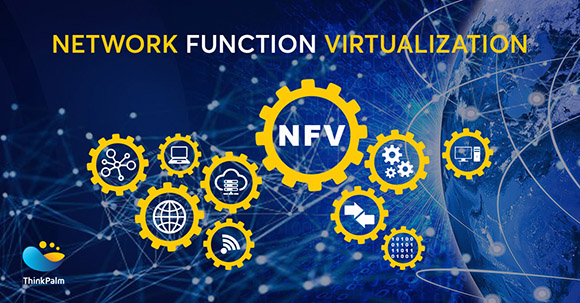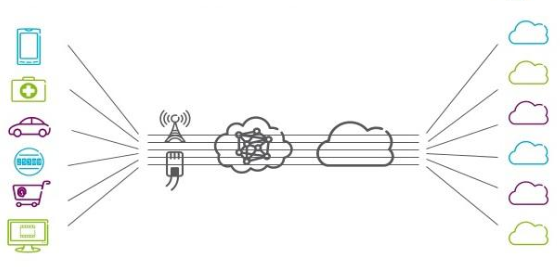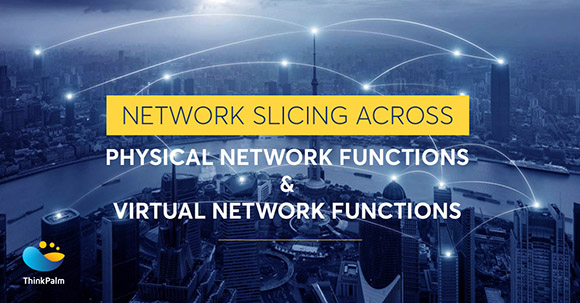
NFV is a simplified approach to networking communication, where network components that earlier used dedicated hardware now run on a software to provide the same functionality. NFV has a wide range of advantages like reduced CapEx/OpEx, virtualization, orchestration, dynamic scaling, automation, multi-tenancy, openness etc.
In simple words, Network slicing is having a common physical infrastructure to run multiple logical networks. That is a logical representation of the network for users between a set of network devices and back end applications. For example, IoT devices to connect to the network to reach out to back end M2M applications or via the same network, connect smartphones to VOLTE IMS server. In both the scenarios, to the same network provider infrastructure, the devices are connected. But, either they use a different set of virtual/physical functions or a different path.
The most common real-time scenarios in network slicing include physical network sharing to simultaneously run IoT (Internet of Things), MBB (Mobile Broadband), and very low latency vehicular communication applications. Each scenario has distinct transmission characteristics. The ultimate aim of network slicing is to separate physical network (end to end level) to allow perfect grouping of traffic, isolation between each tenant, and resource configuration at a macro level.

For the provisioning and realization of network slices, several technologies are available. NFV is one of the prominent technologies among them.
The virtualization and automation of the Network slicing lifecycle management reduce the time for new slice deployment and provides tight loop monitoring and self-adaptation to meet Service Level Agreement (SLA). On the same administrative domain, multiple network slices may be organized jointly by administrative domain management. Some network slices may have particular requirements like end-to-end low latency which need to be taken care of throughout the process including definition, deployment, and operation of the network slice.
If a given set of resources are required by the network slice, such resources should go through CI/CD lifecycle which includes:
Once the Network slice is activated, various operations included are:
Since all such operations are involved, it is very important to virtualize and automate Network slicing life cycle management to allow multiple virtual networks over the same physical network. NFV is a supporting technique for the same.
This Use case focuses on Network slicing across Physical Network Functions (PNF) and Virtual Network Functions (NFV) within a single operator’s domain.

An actor stands for a role played by a user or a system that interacts with the network slicing. Different external actors to this use case of Network slicing using NFV includes:
Below mentioned pre-conditions apply:
Network Slicing begins when a new network slice instance has been requested by a service provider to serve the end-user. This request is managed by a system that has:
A network slice environment may vary w.r.t various models like single-domain/multi-domain, fully virtualized/hybrid, etc. But generally speaking, the following cases may be imagined:
The network slice may be terminated and resources may be released, when the service provider requests that this network slice service is not required anymore.
On the termination of the network slice, the logical resources used by that slice are released.
The Network slices are made by virtualization of the physical network. NFV architecture with combined management and control can achieve Network slicing lifecycle management to be virtualized which in turns provides a lot of advantages:
This feature further allows a physical network to be open and programmable for supporting innovation related to network architecture and future services. The network function virtualization (NFV) promises to rewrite the rules of network design, engineering, configuration, and management, visit our communication’s page to learn more about NFV and Network slicing.